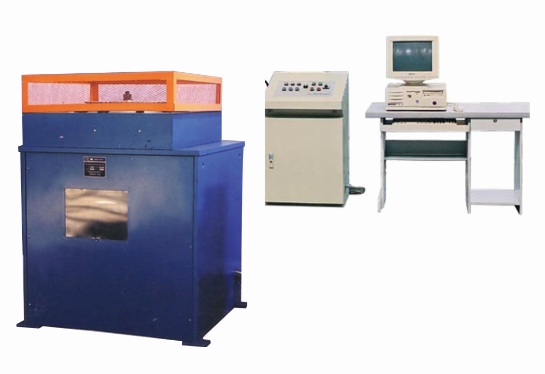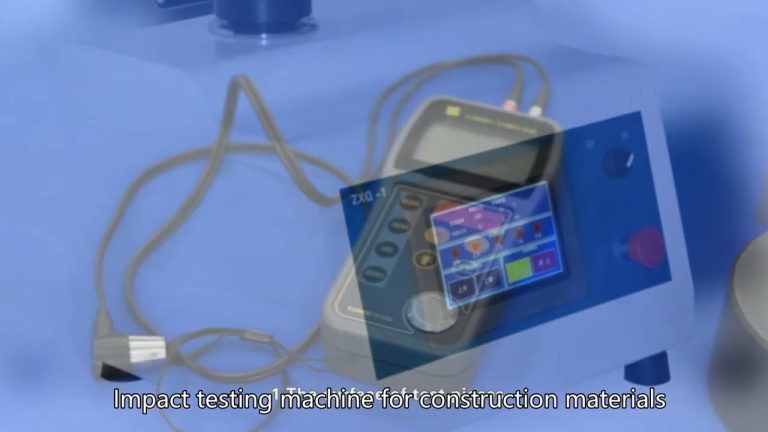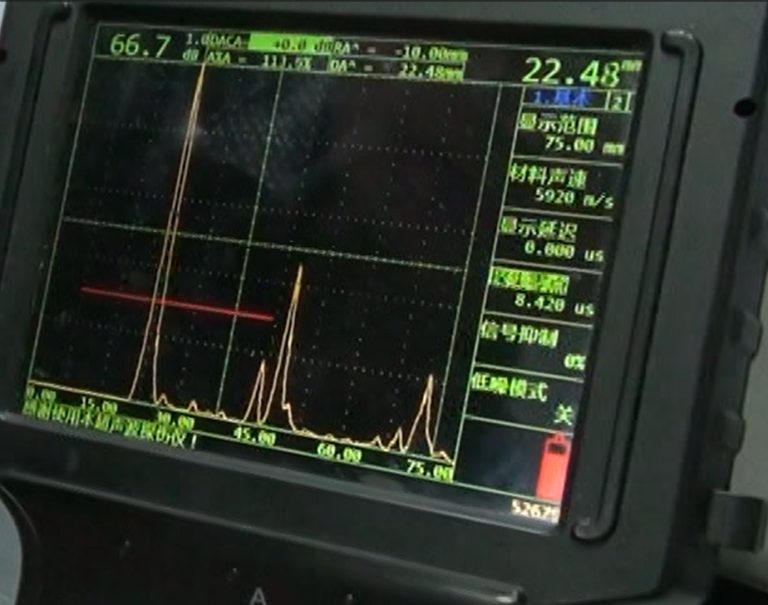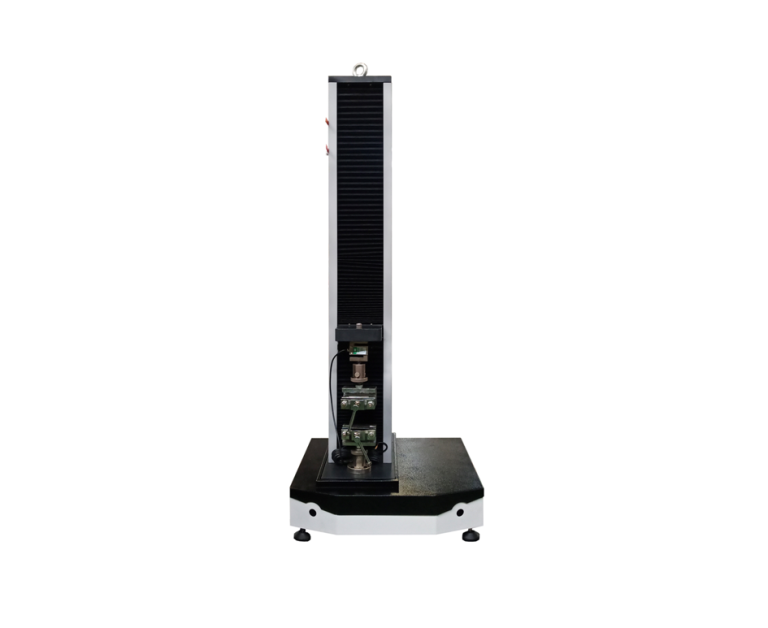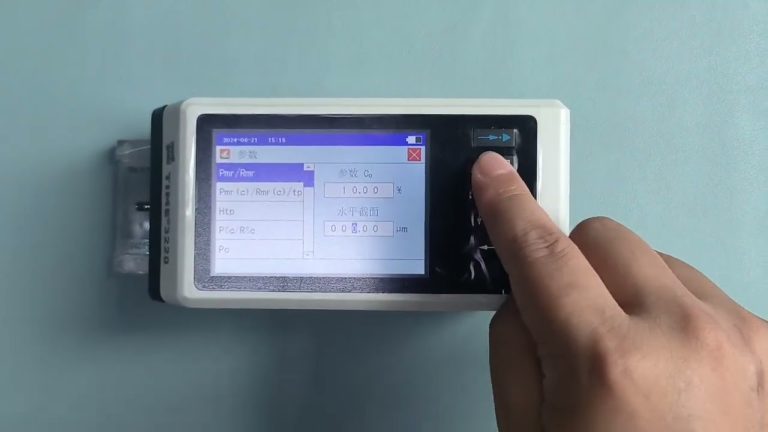Ultrasonic flaw detection is a non-destructive testing technique commonly used in the marine industry to detect and locate defects or anomalies in materials and structures. This technology uses high-frequency sound waves to penetrate the material being tested and analyze the reflections to identify any potential flaws.
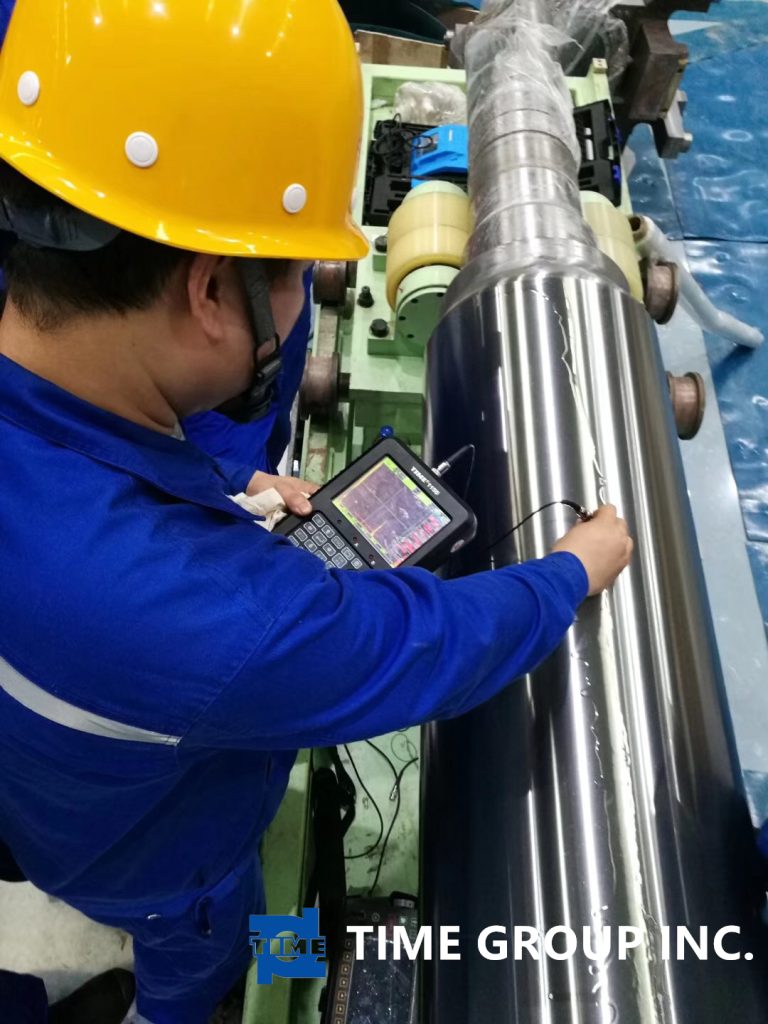
In the marine industry, ultrasonic flaw detection is crucial for ensuring the safety and integrity of various components such as hulls, pipelines, and welds. By detecting flaws early on, potential hazards can be identified and addressed before they escalate into more serious issues.
One of the main advantages of ultrasonic flaw detection is its ability to provide accurate and reliable results in a non-invasive manner. This means that inspections can be conducted without causing any damage to the material or structure being tested, making it a cost-effective and efficient testing method.
Furthermore, ultrasonic flaw detection can be used in a wide range of marine applications, including shipbuilding, offshore platforms, and underwater structures. It is particularly useful for detecting defects such as cracks, voids, and corrosion in materials that are difficult to access through visual inspection alone.
Ultrasonic flaw detection plays a crucial role in ensuring the safety and reliability of marine structures. By utilizing this advanced technology, marine industry professionals can effectively identify and address potential issues before they pose a threat to personnel or the environment.

